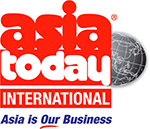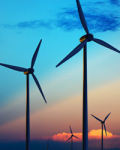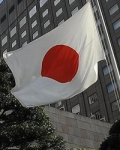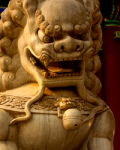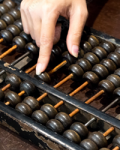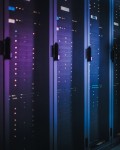-
No winners as Korea, Japan square off . . .
January 23, 2020
The issue of trust may greatly impede any restoration of normalisation, perhaps for decades . . .
SEOUL -- The most far-reaching of this year's events in East Asia has been the unravelling of on historically uneasy relationship between Korea and Japan at virtually all levels.
